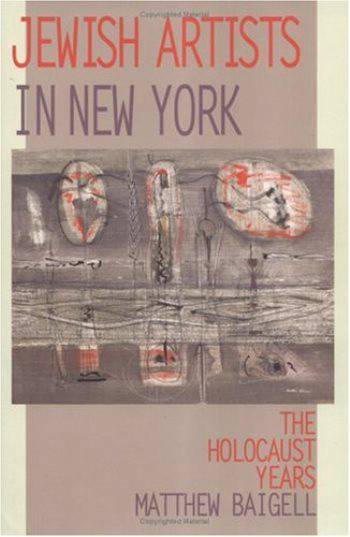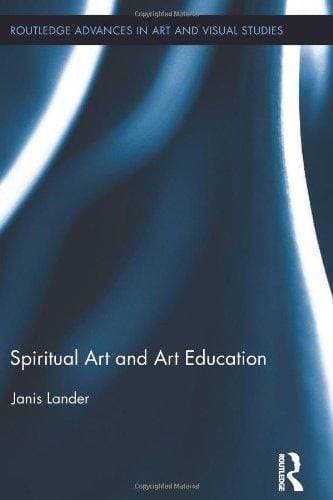Jewish Artists in New York. The Holocaust Years
Calling attention to the local cultural scene as well as to events taking place in Europe, Matthew Baigell considers the art produced by Jewish artists who were inspired to respond to the murders of their fellow Jews during World War II. Although there were only a few instances of visual documentation of events until the war's later stages, responses to news reports and the very few authentic images received of the atrocities of the Holocaust varied from avoidance and denial to scattered attempts to create direct visual representations. Those artists who chose the latter alternative did so with little support from the Jewish intelligentsia of New York City. Art critics such as the influential Clement Greenberg purposely avoided addressing this issue at all. Jewish artists were left to cope with the events of the war in isolation, without a collective visual memory to deal with the traumas presented by news reports. Baigell discusses how the limited access to images, information and support during the war led to a unique artistic response created not only by the conflict itself, but also by the anti-Semitic social climate of the United States. Surveys taken in the US between 1940 and 1946 demonstrate that the general population considered Jews a greater menace to the welfare of the country than the Germans or the Japanese.
Данные книги
Ратнер Абрахам, Липшиц Жак, Ньюман Барнетт, Вебер Макс, Шагал Марк, Ротко Марк
Нью-Джерси
2002
186 страниц
0813531241
Доступ по запросу
Да
Нет
701.2 Bai
1
- Spiritual Art and Art Education2014
- The Optical Unconscious1998
- Краткая история «нового» в российском дискурсе об искусстве2022
- Чтение белой стены2011
- Bachelors2000
- The Field of Cultural Production. Essays on Art and Literature1993
- The Future of the Image2019
- 13 Paintings Children Should Know2014
- Феномен открытой формы в искусстве ХХ века2012
- Избранные искусствоведческие труды2000
- The Oxford Handbook of Creative Industries2015
- Картина классической эпохи. Проблема композиции в западноевропейской живописи XVII века1986












